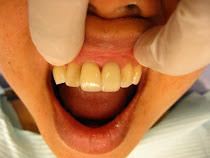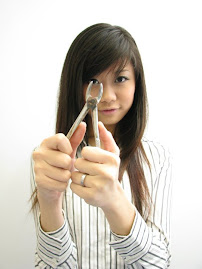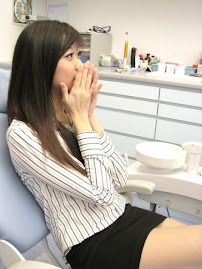
1. Do not chew ice.
2. Brush normally at least twice a day
3. Floss teeth after meal, but pull floss out horizontally, not vertically.
4. Take multi - vitamins two times daily for one month before and after treatment
if gum tissue is inflammed.
5. Have your teeth cleaned or visit the dentist at least twice a year.
6. Make sure you are not grinding your teeth at night .
7. Don't bite your fingernails !
8. Don't pick at a newly bonded tooth with your fingernail. If you feel a rough edge with your tongue, return to the dentist to have the edge properly refinished.
9. To prevent fracture, avoid directly biting hard. And also try to avoid acids produced by sugar can attack the junction between tooth and restoration and cause stains and premature loss of the bonded restoration.































